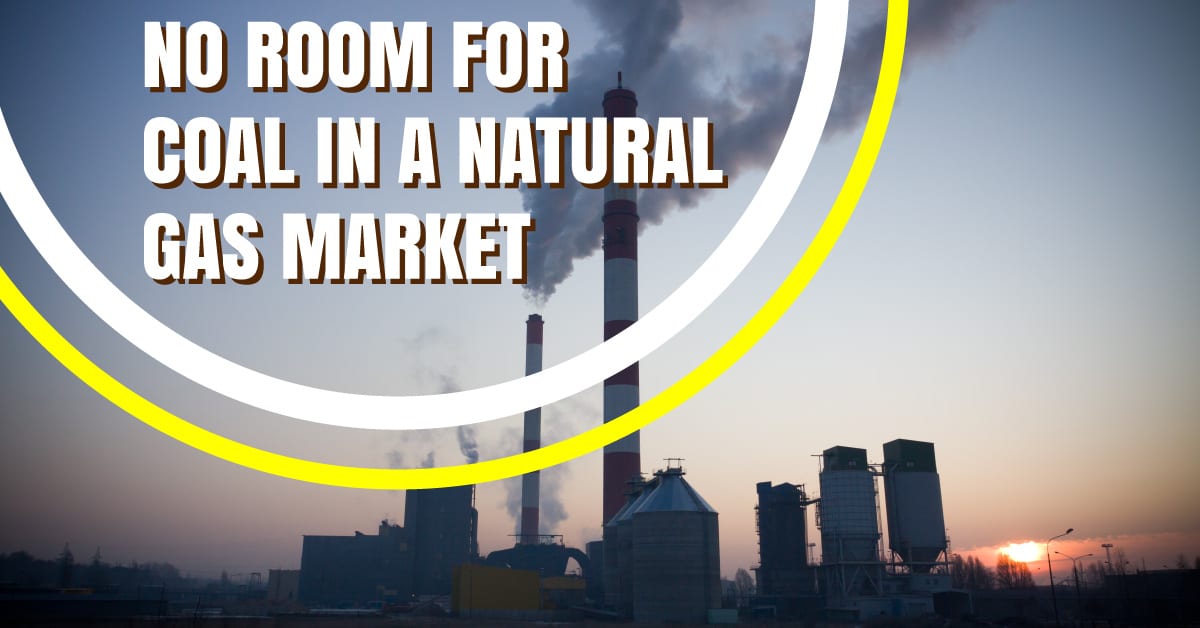Many countries got their start and were able to develop into industrialized nations because of coal. Coal powered homes and factories, provided with critical electricity for light and energy in order to run machines, produced many products for consumers. Coal was the cornerstone of the Industrial Revolution.
However, now that we’ve reached the year 2017, many of us probably don’t think about what powers our homes and makes sure we can have the lights on at work. Until the 2016 presidential election, unless you lived in a mining town or were directly affected by the coal mining industry, you probably never thought that coal could be the source behind the electricity that powers your home. But that may not be the case for much longer.
While President Trump may want to try and bring back coal related industry and jobs, the fact is the time for that has passed. When President Obama made good on his promises to not allow new coal powered energy plants to open and to work towards shutting down currently existing ones, a paradigm shift was made. According to Forbes, “Between 2008 and 2016, coal power lost more than a third of its electricity market share, primarily to natural gas.” With advancements in fracking technologies that allow previously inaccessible shale fields to be drilled, natural gas is an affordable, cleaner-burning option than coal. So much so that the largest coal-fired power plant in the Western United States announced that it will be fully decommissioned by 2019.
The Navajo Generating Station (NGS), located near Page, AZ, provides over 2,250 megawatts from burning coal and has been a driving force behind much of the growth in Phoenix. However, with low natural gas prices due to increased fracking operations, the cost of providing coal-based energy is actually significantly more than buying energy from other sources. Many companies that were founded on coal are now finding themselves having to pivot in order to remain relevant. This includes shift their focus to the natural gas market and even towards renewable sources.
The whole point behind this shift is the fact that coal no longer makes economic sense, where as natural gas and fracking is a much more affordable option for both power providers and consumers. Along with NGS, other major coal-power plants in Ohio find themselves also opting to close their doors, including the Killen and Stuart power plants which will close by June of 2018, according to The Washington Post.
Unlike coal, natural gas is seeing a rise in both demand and production in order to keep up with first world energy consumption needs. The process of fracking, from well creation to fluid collection in fracking pond alternatives to natural gas collection and use, is relatively simple and requires minimal manpower. Demand is only expected to grow as coal continues to fall out of favor and more countries opt for natural gas to meet their energy production needs.
Natural gas production is a realistic option for the world that we currently live in. It reduces carbon emissions compared to prior coal production while still maintaining high energy outputs. The United States alone consumed 2,196 Million Tonnes of Oil Equivalent (Mtoe) during 2015, second only to China.
If you are growing your fracking company, turn to Well Water Solutions for patented and unique fracking pond alternatives that can help you save money and meet regulations at your frac sites. Join natural gas explosion with the help of Well Water Solutions. Contact us today for more information about our products and wastewater management services.



